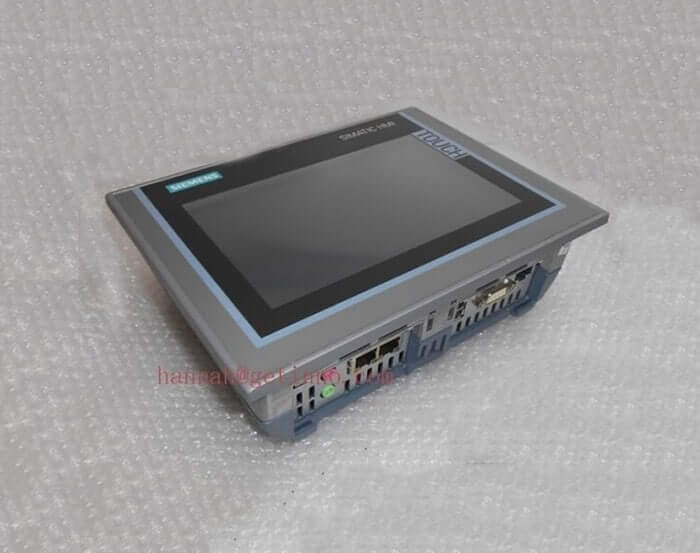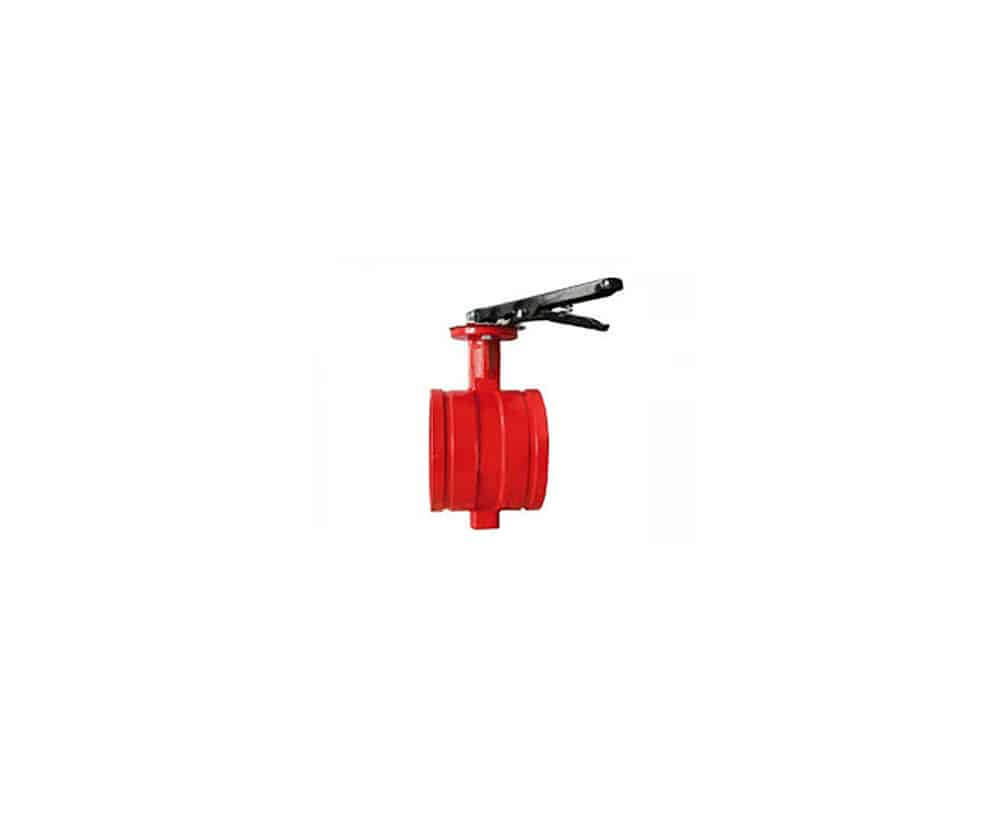Intuitive Fosun’s “domestic Da Vinci” was approved for listing, and the first year of localization of surgical robots is worth looking forward to
Recently, Fosun Pharma announced that Intuitive Fosun’s “Thoracoabdominal Endoscopic Surgery Control System” has been approved by the Food and Drug Administration for marketing.robotIt can be applied to laparoscopic surgery such as urology, general surgery, obstetrics and gynecology, and thoracic surgery, which means that the domestically-made Da Vinci surgical robot that people have been looking forward to will soon meet the public.
Intuitively, Fosun once proposed the localization strategic layout of “Made in China, joint research and development, and global sales”, and now it seems that it has received good results.Founded in May 2017, Intuitive Fosun is a global leader in surgical Robots.the medicalGary Guthart, president of Intuitive Medical, said that it will be the second global headquarters of Intuitive in the United States outside the United States.
Construction will start in Zhangjiang International Medical Park on August 7, 2022medical robotManufacturing and R&D center with a total investment of more than 700 million. Zhangjiang Robot Valley is a highland of medical robots, where a number of upstream and downstream enterprises of medical robots gather, such as Fourier Intelligence, a unicorn in the field of rehabilitation, and Tumai Robot, a surgical robot independently developed by China. It is intuitive that the joining of Fosun will drive the development of the upstream and downstream of the industry, drive the innovation and upgrading of the industry, and contribute to the medical Robot Industry.
2023 is called the first year of surgical robots by many people in the industry. In addition to the Da Vinci robot, at least six domestic endoscopic robots have been waiting or are being commercialized in the first half of the year. Several companies have announced plans to go public, many of which have Classic examples include Harbin Sagerui Intelligent Medical Equipment Co., Ltd., whose main business income is 0, but its valuation exceeds 8 billion.
Although surgical robots and other medical robots have gradually appeared in the public eye, it is common for surgical robot companies to make profits. Taking Szerui as an example, from 2020 to 2022, Szerui’s operating income will be 663,100 yuan, 1,038,900 yuan, and 59,400 yuan respectively, all of which are the company’s occasional other business income, including sales of physical objects, technical service income , equipment leasing and training income, from 2020 to 2022, the net profit attributable to the parent company of Sagerui is -32.2889 million yuan, -66.6326 million yuan, -271 million yuan respectively, and the cumulative loss in three years is about 370 million yuan. During the reporting period There is a trend of continuous losses and increasing losses.
However, Szerui stated that the company’s main products are still in the research and development and commercialization preparation stage, and the company’s core products have not been commercialized. According to the data, it can be inferred that the total budget investment of Cage’s five major R&D projects from 2013 to 2022 is as high as 1.4 billion yuan. It is foreseeable that the R&D investment will continue to expand in the future, and the resulting losses will also continue to expand.
Another factor that makes surgical robots difficult to make a profit is high cost and low penetration rate. According to Sullivan’s data, there are less than 300 laparoscopic and joint replacement surgical robots installed in China, and the surgical penetration rate is less than 1%. The person in charge of the procurement business of a domestic public hospital also revealed that the high price is the main factor restricting the application of surgical robots. Taking the Da Vinci surgical robot as an example, the price is about 30 million yuan, and a Da Vinci surgical robot can be completed in one year. There have been more than 300 operations, and the cost of using the Da Vinci surgical robot is between 80,000 and 100,000 yuan each time, excluding maintenance costs. Only from the perspective of patients, most patients cannot afford the cost without medical insurance reimbursement.
But the good news is that some time ago, Shanghai added 76 medical items such as the “Da Vinci Surgical Robot” into the medical insurance, which is good news for the promotion of surgical robots. In addition, many policies have also been introduced to protect the promotion of medical robots. Among them, the “Made in China 2025” initiative mentioned that by 2025, the proportion of domestic medical devices used in hospitals will be increased to 70%, and by 2030 it will reach 70%. 95%. Significantly increasing the localization rate of high-end medical equipment has become one of the goals of “Healthy China 2030”.
The founder of a medical institution said: “The idea of the enterprise is to minimize the financial pressure on the one-time purchase of robots by medical institutions, and to speed up the time for its products to enter the hospital. In addition to the price issue, the enterprise also needs to solve the problem of the ease of use of surgical robots. For For medical institutions, training doctors who can operate surgical robots also requires a large investment. At present, relevant incentive measures have been introduced at the national policy level, hoping to complete the goal of commercialization of domestic surgical robots as soon as possible.”
The Links: 6AV2124-0GC13-0AX0 3HNA003102-001
Pre: “Panorama of China’s UAV ... Next: SICK interviews | Sensing helps intel...




